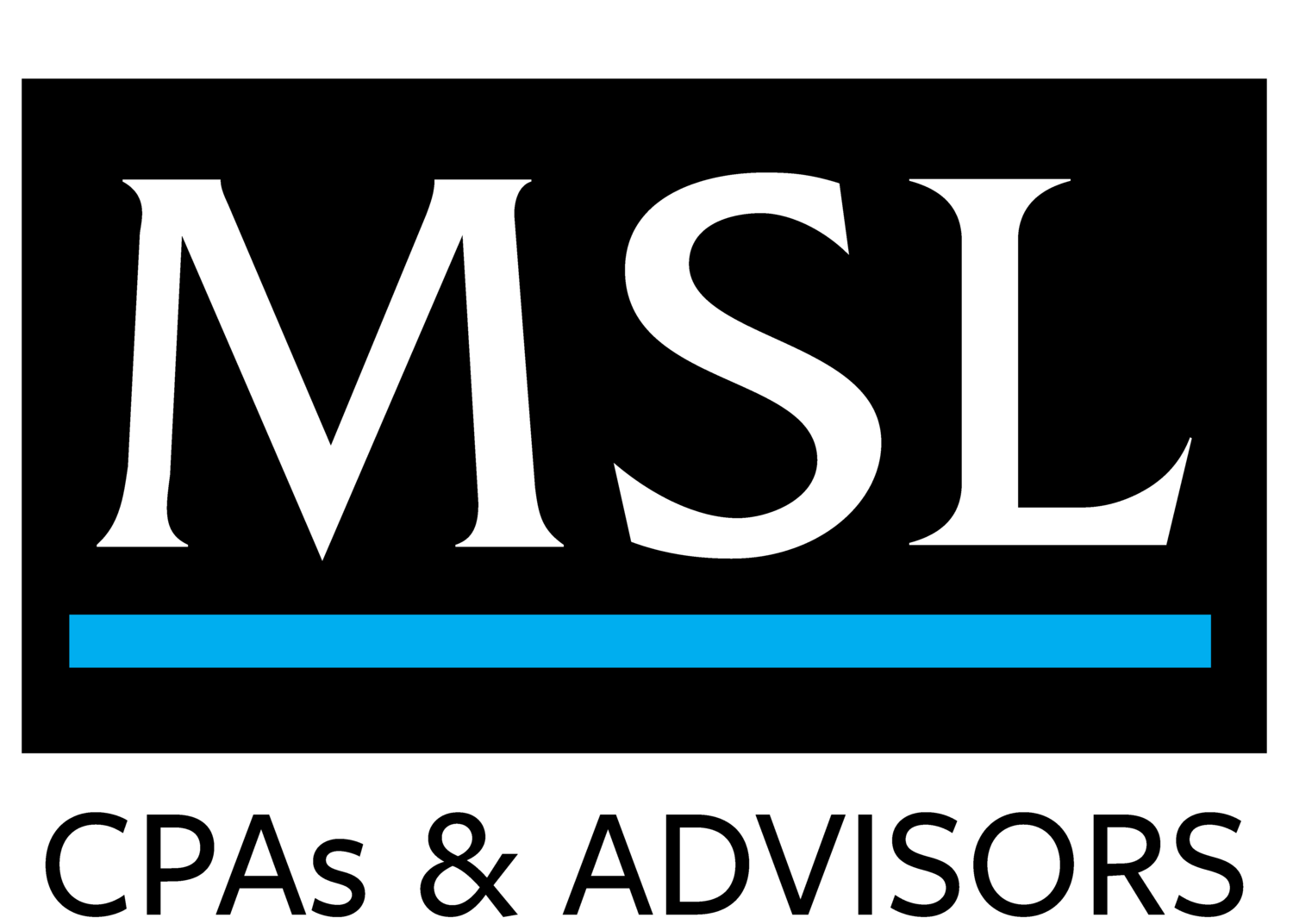Accounting Guidance for Contributions to Not-for-Profit Groups Is Clarified (ASU No. 2018-08)
/On June 21, 2018, the FASB issued Accounting Standards Update (ASU) No. 2018-08 to help determine when income received by a not-for-profit organization should be accounted for as a contribution or an exchange transaction. It also provides guidance to help decide when a contribution has conditions attached to it. If a contribution is conditional, it isn’t allowed to be recognized in income until the conditions are met.
In summary, if a not-for-profit is receiving cash or other assets in return for providing goods or services to the transaction’s counter-party, then the transaction is a reciprocal exchange and not a contribution. The FASB expects more transactions that are currently considered exchanges to be accounted for as contributions as a result of the amended guidance.
The new ASU also gives guidance on when a contribution is considered conditional. This is important because conditional contributions sometimes permit donors to cancel pledges before making payment or allow the donors to recoup their payments if conditions aren’t met. As a result, conditional contributions aren’t allowed to be recognized in financial statements until the conditions have been satisfied and the contribution has become unconditional.
The new ASU provides that a contribution is considered conditional when it comes with a threshold that must be met to avoid forfeiture of the proceeds. The guidance includes a list of indicators to help assess when an agreement contains such a threshold.
The FASB is advising the use of a modified prospective transition method, which means the ASU should be applied only to the portion of revenue or expense that has not yet been recognized before the effective date in accordance with current guidance. Entities would not need to restate prior-period results, and there would be no cumulative-effect adjustment to the opening balance of net assets or retained earnings at the beginning of the year of adoption.
The disclosures in the financial statements should explain the accounting change and the reasons for the significant changes in each financial statement line item caused by the new accounting.
Not-for-profits that are conduit bond obligors and are recipients of contributions or grants have to apply the changes to their annual and interim reporting periods that start after June 15, 2018. Other recipients should apply the changes for fiscal years that start after December 15, 2018.
Not-for-profits that are conduit debt obligors and make contributions or grants have to apply the changes to their annual and interim reporting periods that start after December 15, 2018. Other contributors should apply the changes for fiscal years that start after December 15, 2019.
Contact your MSL advisor for further insight and to discuss how compliance with the new ASU might impact your not-for-profit organization.






